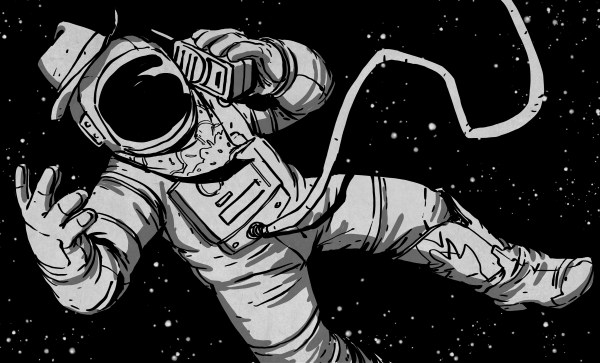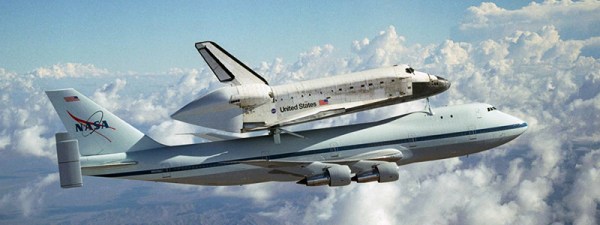Whether it’s trying to make contacts across the planet with a transmitter that would have a hard time lighting an LED, or blasting signals into space and bouncing them off the moon, amateur radio operators have always been on the forefront of communications technology. As mankind took to space in the 1950s and 1960s, hams went along for the ride with the first private satellites. But as successful as the OSCAR satellites were, they were still at best only beacons or repeaters in space. What was needed was the human touch – a real live operator making contacts with people on the ground, showing the capabilities of amateur radio while generating public interest in the space program. What was needed was a ham in space. Continue reading “Hams In Space Part 2: The Manned Spaceflights”
Space Shuttle31 Articles
The Price Of Space
Many engineers of a certain age have one thing in common: Their early interest in science and engineering came from watching the US and Russian space programs. To me, regardless of any other benefit from the space program (and there are many), that ability to inspire a future generation of engineers made the entire program worthwhile.
We live in a world where kids’ role models are more likely to be sports or entertainment figures that have regular visits to police stations, jails, and rehab centers. The value of having role models that “do science” is invaluable.
This time of the year is a dark time for NASA missions, though. On January 27, 1967, the Apollo I crew (Grissom, White, and Chaffee) died in a fire. The investigation led to NASA limiting how much Velcro you can use in a cabin and moving away from pure oxygen in the cabin.
Hanging Onto The World’s Greatest Piggyback Ride.
We were really sad to see NASA retire the Space Shuttle. Even though it’s being replaced with some new and exciting hardware, we have fond memories of the Shuttle program. The good news is that a lot of the old hardware can now be seen up close and personal. [Brady Haran] recently took a video tour of one of the iconic pieces of hardware from the Shuttle program, the Shuttle Carrier N905NA.
NASA purchased the Boeing 747-100 in 1974 from American Airlines, and by 1976 the jumbo jet was put on a strict diet in preparations to carry the shuttle on it’s back for transportation and initial testing. She was stripped of her interior (all but few first class seats), sound deadening, air conditioning, and baggage compartment. Vertical fins on the tail were added for yaw stability, and the four Pratt and Whitney turbofans were upgraded to more powerful units. The fuselage was strengthened, and mounting points for the shuttle added. Even with all the weight savings, it severely limited the 747’s range from about 5000 miles to about 1000 miles while the orbiter was on it’s back. The aircraft was retired from service after ferrying the Shuttles to their final destinations in 2012.
In the video after the break, you can take a short tour of the N905NA at the Johnson Space Center in Houston where they are preparing it for public display. Visitors will be able to tour the 747 (with exhibits inside the fuselage), and a very accurate mock-up of the shuttle that sits atop.
Continue reading “Hanging Onto The World’s Greatest Piggyback Ride.”














